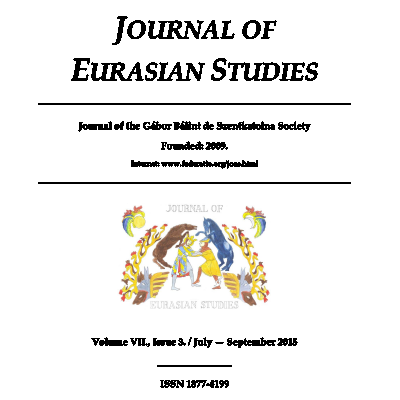Publications
Traces of Buddhist architecture in Gupta and post-Gupta Bengal: Evidence from inscriptions and literature
Bandyopadhyay, S., Reza, M. H., & Mowla, Q. A., 2015. Traces of Buddhist architecture in Gupta and post-Gupta Bengal: Evidence from inscriptions and literature. Journal of Eurasian Studies, 7(3), pp.9-19.
Abstract
This paper discusses the development of Buddhism in Bengal during the Gupta period and their traces in architecture found during the Gupta and post-Gupta periods by considering references made in inscriptions and literature from the period. To do so, religious history of the pre-Gupta, Gupta and post-Gupta periods have been reviewed in the light of the development of Buddhism in Bengal and the related regions. Most probably Bengal came in touch with Buddhism during Buddha’s lifetime (c. 563 to 483 BCE). During the time between Buddha and Asoka (ruled 269 to 232 BCE) Buddhism became firmly rooted at the heart of this region so much so that hostile attitudes of some later dynasties could not wipe it out of Bengal. Tolerant outlook of local and regional Brahmin kings during the Guptas allowed Buddhism to flourish which was further boosted in the post-Gupta period by devout followers like the emperor, Harsavardhana, Devakhadga and his son Rajabhata. They supported Buddhist practices in the Samatata area of Bengal. Further, Deva kings enormously contributed towards Buddhist monasteries.
Keywords
- Architecture
- Inscriptions
- Literary studies
- Buddhist architecture
- Bengal

| Author(s) | Soumyen Bandyopadhyay Mohammad Habib Reza Azizul Mowla |
| Country | United Kingdom |
| Language | English |
| Subject | Arabian Studies |
| Area covered | Oman |
| Publisher | |
| Publication date | 1 July 2015 |
| Type | Journal Paper |
| Pages | 1-16 |
| ISBN | 9781784911454 |
